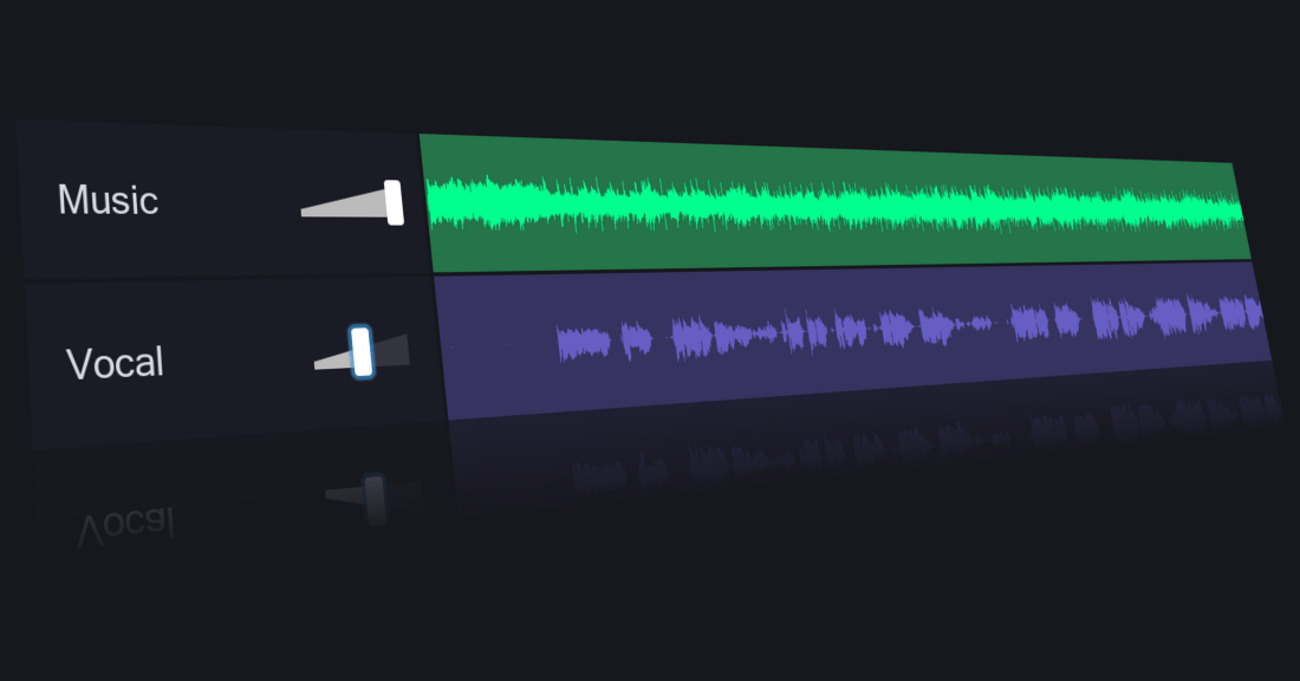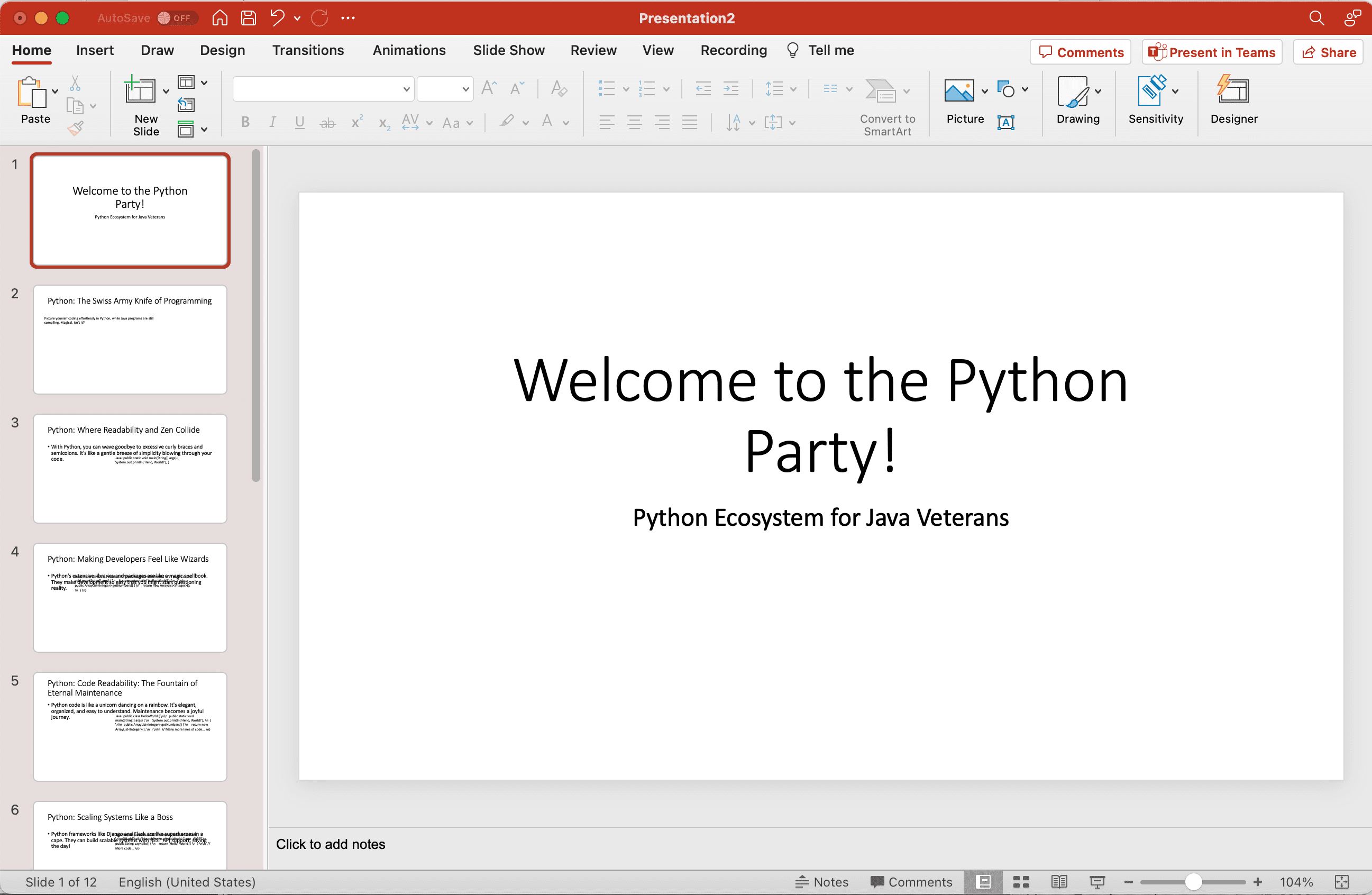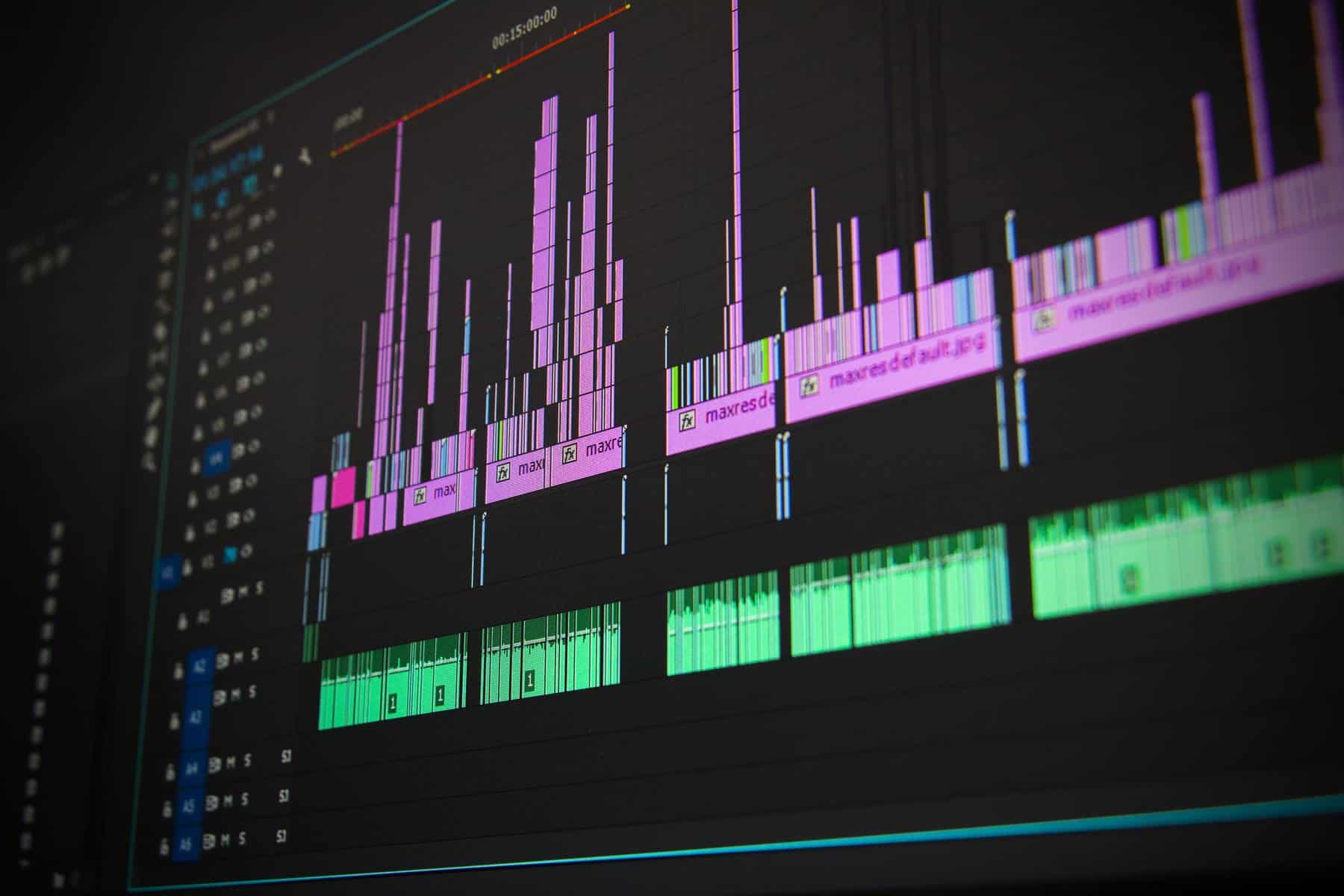Home>Production & Technology>Soundtrack>How To Remove Vocals From A Soundtrack


Soundtrack
How To Remove Vocals From A Soundtrack
Published: February 18, 2024
Learn how to remove vocals from a soundtrack with our easy step-by-step guide. Transform your favorite soundtracks in minutes!
(Many of the links in this article redirect to a specific reviewed product. Your purchase of these products through affiliate links helps to generate commission for AudioLover.com, at no extra cost. Learn more)
Table of Contents
Introduction
Are you a music enthusiast or a filmmaker looking to create a captivating soundtrack for your project? Perhaps you're a karaoke aficionado wishing to sing along to your favorite songs without the lead vocals overpowering your voice. In any of these scenarios, the ability to remove vocals from a soundtrack is a valuable skill that can enhance your music experience.
Removing vocals from a soundtrack involves isolating the instrumental elements, allowing you to focus on the music's intricate melodies and rhythms. Whether you're a professional sound engineer or a casual music lover, understanding the process of vocal removal can open up a world of creative possibilities.
In this comprehensive guide, we will delve into the various methods and techniques for removing vocals from a soundtrack. From exploring the fundamental concepts behind vocal removal to utilizing advanced software applications, we will equip you with the knowledge and tools necessary to achieve optimal results. By the end of this article, you will be well-versed in the art of isolating instrumental tracks, empowering you to customize your music experience according to your preferences.
So, let's embark on this sonic journey together, as we uncover the secrets of removing vocals from a soundtrack and unlock the potential for limitless musical expression.
Understanding the Basics of Removing Vocals
Before delving into the methods of removing vocals from a soundtrack, it’s essential to grasp the fundamental principles underlying this process. A typical stereo audio track consists of two main components: the instrumental elements and the vocals. These components are often blended together, making it challenging to isolate them effectively. When attempting to remove vocals, it’s important to understand that there is no foolproof method that can completely eliminate them without affecting the overall audio quality. However, several techniques can significantly reduce the prominence of vocals, allowing the instrumental elements to take center stage.
One of the primary approaches to vocal removal involves phase cancellation. In a stereo recording, the vocals are usually panned to the center, while the instrumental elements are spread across the left and right channels. By inverting the phase of one channel and combining it with the other, it is possible to cancel out the centrally-panned vocals, albeit imperfectly. This method, known as phase inversion, can yield varying results depending on the original mix and the complexity of the music.
Another important concept to consider is frequency spectrum manipulation. Vocals typically occupy a specific range of frequencies, and by using equalization techniques, it is feasible to attenuate these frequencies while preserving the instrumental content. This approach requires a nuanced understanding of audio equalization and spectral analysis to achieve a balanced result.
It’s crucial to acknowledge that the success of vocal removal depends on the original mix of the song, as well as the specific characteristics of the vocals and instrumentation. Factors such as reverb, stereo imaging, and the presence of background vocals can pose challenges in the vocal removal process. Additionally, certain genres of music, such as acapella or classical compositions, may feature minimal instrumental accompaniment, making vocal removal more complex.
By comprehending the basic principles of vocal removal, you can approach the process with realistic expectations and a deeper understanding of its inherent complexities. Armed with this knowledge, you’ll be better prepared to explore the methods and tools available for removing vocals from a soundtrack.
Methods for Removing Vocals from a Soundtrack
When it comes to removing vocals from a soundtrack, several methods can be employed, each with its own advantages and limitations. These methods range from simple DIY techniques to advanced software-based approaches, catering to a diverse array of users with varying levels of expertise and resources.
One popular method for extracting instrumental elements involves utilizing the karaoke versions of songs. Karaoke tracks are specially produced to omit the lead vocals, making them an accessible option for individuals seeking instrumental-only versions of popular songs. While this method is convenient, it is important to note that the availability of karaoke versions is limited, and the quality of the instrumental tracks may vary.
Another approach involves utilizing audio editing software to manually attenuate the vocals. By isolating the left and right channels of a stereo track, it is possible to apply phase inversion or equalization to reduce the prominence of vocals. While this method provides a degree of control, it requires meticulous attention to detail and a discerning ear to achieve satisfactory results.
For those seeking a more automated and precise solution, specialized audio processing plugins and software applications offer advanced vocal removal capabilities. These tools leverage sophisticated algorithms to analyze and manipulate audio signals, allowing for more nuanced control over the vocal extraction process. Additionally, some software platforms provide real-time vocal removal features, enabling users to adjust the vocal suppression parameters on the fly.
In recent years, machine learning-based approaches have also emerged as powerful tools for vocal removal. These techniques leverage artificial intelligence to discern between vocal and non-vocal elements within a song, offering enhanced accuracy and efficiency in isolating instrumental tracks. By harnessing the computational prowess of machine learning models, users can achieve superior results in vocal removal, especially in complex musical arrangements.
It’s important to approach vocal removal with a discerning mindset, as each method has its own set of considerations and trade-offs. While some techniques may yield satisfactory results for certain tracks, others may prove challenging due to the intricacies of the original mix. By exploring the diverse methods available, you can identify the most suitable approach based on the specific characteristics of the soundtrack you aim to modify.
Using Software to Remove Vocals
Software applications play a pivotal role in the process of removing vocals from a soundtrack, offering users a diverse range of tools and functionalities to achieve optimal results. Whether you’re an aspiring musician, a content creator, or a dedicated audiophile, leveraging the capabilities of audio processing software can significantly enhance your ability to manipulate and customize musical compositions.
One of the primary categories of software used for vocal removal is audio editing and digital audio workstation (DAW) software. These versatile platforms provide a comprehensive suite of audio manipulation tools, including equalization, phase inversion, and spectral editing capabilities. By isolating specific frequency ranges and adjusting the stereo imaging of a track, users can effectively attenuate the vocals while preserving the instrumental components.
Specialized vocal removal plugins are also widely utilized within the music production and audio engineering communities. These plugins are designed to target and suppress vocal elements within a mix, offering a more streamlined and efficient approach to vocal removal. With adjustable parameters and real-time monitoring features, these plugins empower users to fine-tune the vocal suppression process according to their preferences and the characteristics of the source material.
Furthermore, advancements in audio processing technology have led to the development of AI-powered vocal removal software. These innovative solutions harness the capabilities of machine learning algorithms to analyze and differentiate between vocal and non-vocal elements within a song. By training on vast datasets of audio material, these AI-driven tools can discern subtle nuances in musical arrangements, resulting in more accurate and artifact-free vocal removal.
It’s important to note that while software-based approaches offer remarkable precision and flexibility in vocal removal, they are not without limitations. The effectiveness of vocal removal software is contingent on factors such as the original mix quality, the complexity of the vocal arrangements, and the presence of reverberation and other audio effects. Additionally, user proficiency and a discerning ear play a crucial role in achieving optimal results when using vocal removal software.
By leveraging the capabilities of sophisticated software applications, users can embark on a transformative journey of audio manipulation, unlocking the potential to create personalized renditions of their favorite soundtracks and explore new dimensions of musical expression.
Tips for Successful Vocal Removal
While the process of removing vocals from a soundtrack can be inherently complex, incorporating certain tips and best practices can significantly enhance the likelihood of achieving successful vocal removal. Whether you’re a novice enthusiast or a seasoned audio engineer, these tips can serve as valuable guidelines to optimize your vocal removal endeavors and elevate the quality of your modified soundtracks.
- Choose High-Quality Source Material: When attempting vocal removal, it’s advantageous to start with high-quality audio recordings. Clean, well-mixed tracks with minimal audio artifacts provide a solid foundation for the vocal removal process, yielding more favorable results.
- Utilize Multiple Methods: Experiment with a combination of vocal removal techniques, such as phase inversion, frequency spectrum manipulation, and specialized software tools. By employing a multifaceted approach, you can capitalize on the strengths of each method and mitigate their individual limitations.
- Isolate Instrumental Sections: Identify instrumental segments within the soundtrack and focus on isolating these sections for vocal removal. By targeting specific portions of the song that predominantly feature instrumental elements, you can enhance the effectiveness of the vocal removal process.
- Adjust Equalization Thoughtfully: When applying equalization to attenuate vocal frequencies, exercise caution to avoid compromising the overall tonal balance of the music. Fine-tune the equalization settings to selectively reduce vocal presence while preserving the integrity of the instrumental mix.
- Consider Multitrack Mixing: If available, seek out multitrack versions or stems of the song, which provide individual tracks for different instruments and vocals. Working with multitrack recordings can offer greater control and precision in isolating and manipulating specific audio elements.
- Monitor Artifact Generation: Be mindful of potential artifacts or artifacts introduced during the vocal removal process. These artifacts may manifest as audible distortions or anomalies in the instrumental track. Regularly monitor the modified audio for any undesirable artifacts and make adjustments accordingly.
- Refine Using Audio Effects: Explore the use of audio effects, such as reverb and compression, to enhance the cohesiveness of the instrumental track post-vocal removal. Thoughtful application of audio effects can help mitigate any residual imperfections and contribute to a more polished final result.
- Trust Your Ears: Ultimately, rely on your auditory perception to gauge the success of vocal removal. Listen attentively to the modified soundtrack and assess the balance between the instrumental and vocal elements. Trusting your ears is paramount in achieving a satisfying outcome.
By integrating these tips into your vocal removal workflow, you can navigate the intricacies of the process with greater confidence and finesse. While vocal removal may pose inherent challenges, the application of these best practices can empower you to unlock the full potential of your modified soundtracks and embark on a rewarding journey of audio manipulation.
Conclusion
As we conclude our exploration of the art of removing vocals from a soundtrack, it’s evident that this process is a multifaceted endeavor requiring a blend of technical acumen, creative ingenuity, and a discerning ear. From understanding the underlying principles of vocal removal to harnessing the capabilities of advanced software tools, we’ve embarked on a journey that illuminates the intricacies and possibilities inherent in this domain.
Removing vocals from a soundtrack transcends mere audio manipulation; it represents a gateway to personalized musical experiences, creative reinterpretations, and innovative content creation. Whether you aspire to craft karaoke-ready renditions of beloved songs, customize soundtracks for multimedia projects, or delve into the realm of audio engineering, the knowledge and techniques shared in this guide empower you to embark on this sonic odyssey with confidence and proficiency.
By embracing a holistic approach that encompasses diverse methods, software applications, and best practices, you can navigate the complexities of vocal removal and unlock the potential for limitless musical expression. It’s important to approach this process with a spirit of experimentation, patience, and an unwavering commitment to refining your craft.
As you venture forth into the realm of vocal removal, remember that the journey itself is as enriching as the destination. Embrace the nuances, challenges, and triumphs that accompany the pursuit of sonic perfection, and celebrate the transformative impact of your endeavors on the musical landscape.
Ultimately, the ability to remove vocals from a soundtrack is not merely a technical skill; it is a gateway to reimagining, reinventing, and rediscovering the sonic tapestries that define our auditory experiences. With each vocal removal endeavor, you contribute to a symphony of creativity, innovation, and individuality that resonates far beyond the realm of audio manipulation.
So, as you embark on your next musical venture, armed with the knowledge and insights gleaned from this guide, may you traverse the realms of sound with boundless curiosity, unwavering passion, and an unwavering commitment to crafting immersive, captivating soundscapes that leave an indelible imprint on the hearts and minds of listeners worldwide.











